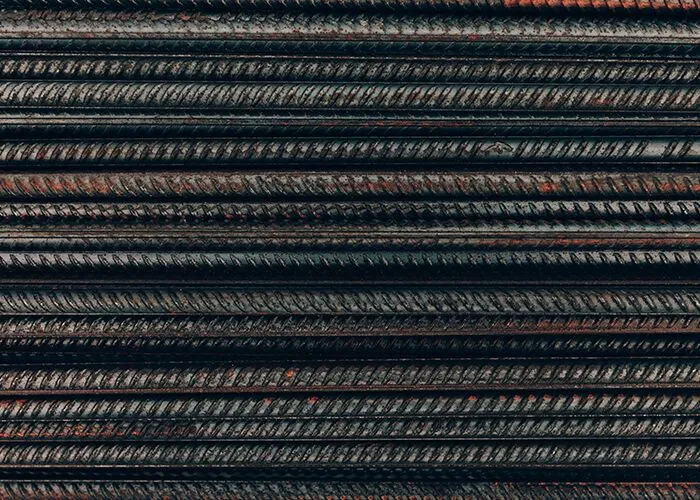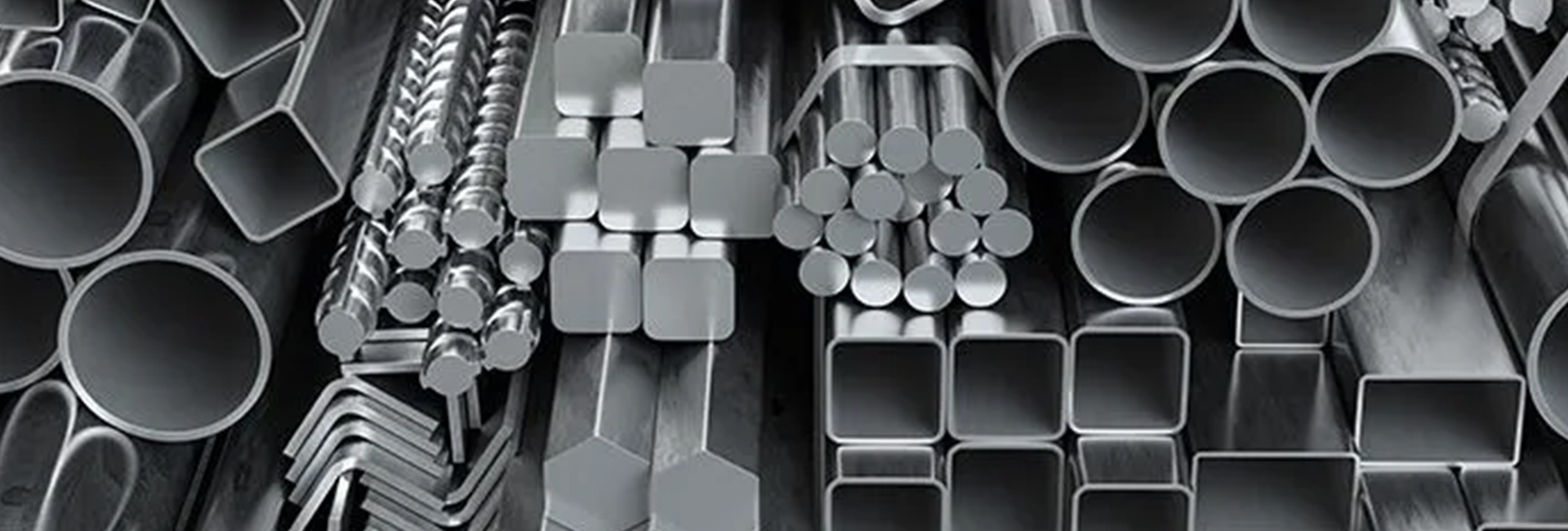Iron and steel are two of the most important materials used in the manufacturing industry. They are used in everything from construction to transportation, and without them, modern society would be vastly different.
Table of Content |
But what exactly is the difference between iron and steel? Which is stronger, iron or steel, and why? In this blog post, we will explore the answers to these questions and more.
What is Iron?
Iron is a chemical element with the symbol Fe (from Latin: ferrum) and atomic number 26. It is a metal that is commonly found in the Earth’s crust and is the fourth most abundant element in the universe. Iron is known for its strength and ductility, making it an important material in construction and engineering.

Iron Composition
Pure iron is a relatively soft metal and is not commonly used in its pure form. Instead, it is typically combined with other elements to form alloys, which are stronger and more durable than pure iron. Iron composition can be divided into two main categories: wrought iron and cast iron.
- Wrought iron is an alloy of iron with a very low carbon content, typically less than 0.08%. It is known for its toughness and ductility and was commonly used in the construction of buildings and bridges in the 19th century. Today, wrought iron is not commonly used, as it has been largely replaced by steel.
- Cast iron is an alloy of iron with a higher carbon content, typically between 2.1% and 4%. It is known for its hardness and brittleness and is used in the manufacturing of things like engine blocks, pipes, and cookware.
Uses of Iron
Iron is used in a wide range of applications, from construction to transportation to manufacturing. Some common uses of iron include:
- Construction: Iron is used in the construction of buildings, bridges, and other structures because of its strength and durability.
- Automobile: Iron is used in the manufacturing of cars, trains, and other vehicles because of its strength and resistance to corrosion.
- Manufacturing: Iron is used in the manufacturing of machinery and equipment because of its strength and durability.
- Everyday items: Iron is used in the manufacturing of everyday items like cutlery, nails, and screws.
Alloy of Iron
Iron alloys, like cast iron and wrought iron, can be useful in specific applications where their unique properties are needed. Cast iron, for example, is used in the manufacturing of engine blocks and pipes, while wrought iron was once commonly used in the construction of buildings and bridges.
_1707913613.webp)
What is Steel?
Steel is an alloy of iron and carbon, with carbon content typically between 0.2% and 2.1%. It is a much stronger and more durable material than iron and is commonly used in construction, manufacturing, and other industries.
Steel Composition
The carbon content of steel is what gives it its strength and durability. When carbon is added to iron, it forms a new material with unique properties. The more carbon that is added, the stronger and harder the steel becomes.
There are many different types of steel alloys, each with its own unique properties and uses. Some common types of steel alloys include:
- Carbon steel: This is the most common type of steel, and is used in everything from construction to manufacturing. It is made by combining iron with carbon, and has a carbon content of up to 2.1%.
- Stainless steel: This is a type of steel that is resistant to corrosion and staining. It is made by adding chromium to the steel, which forms a protective layer on the surface of the metal.
- Tool steel: This is a type of steel that is designed for use in cutting and shaping other materials. It is made by adding tungsten, molybdenum, or other elements to the steel.
Uses of Steel
Steel is used in a wide range of applications, from construction to manufacturing to transportation. Some common uses of steel include:
- Construction: Steel is used in the construction of buildings, bridges, and other structures because of its strength and durability.
- Manufacturing: Steel is used in the manufacturing of machinery and equipment because of its strength and durability.
- Transportation: Steel is used in the manufacturing of cars, ships, and airplanes because of its strength and resistance to corrosion.
- Everyday items: Steel is used in the manufacturing of everyday items like cutlery, appliances, and furniture.
Alloy Steel
Alloy steel is a type of steel that is made by adding other elements to the steel to give it specific properties. For example, adding chromium to steel creates stainless steel, which is resistant to corrosion and staining. Adding tungsten or molybdenum to steel creates tool steel, which is used for cutting and shaping other materials.
Difference Between Iron and Steel
Now that we understand what iron and steel are, let’s dive into the difference between iron and steel.
1. Strength and Durability
While iron is a strong and durable material, it is not as strong as steel. Steel is an alloy of iron and carbon, which gives it greater strength and durability than iron. This is why steel is used in applications where high strength and durability are required.
2. Composition
As we discussed earlier, iron is typically combined with other elements to form alloys. Cast iron, for example, has a higher carbon content than wrought iron, which makes it harder and more brittle. Steel, on the other hand, is an alloy of iron and carbon with a specific carbon content that gives it its unique properties.
3. Uses
While both iron and steel are used in a wide range of applications, they are often used for different purposes. Iron is commonly used in construction, transportation, and manufacturing, while steel is used in applications where higher strength and durability are required, such as building construction, machinery, and transportation.
Which is Stronger Iron or Steel?
When it comes to strength and durability, steel is the clear winner. This is because steel is an alloy of iron and carbon, which gives it greater strength and durability than iron. Steel is also more resistant to corrosion and wear than iron, which makes it a better choice for applications where long-term durability is important.
Wrapping It Up
In a nutshell, iron and steel are two of the most important materials in the manufacturing industry. While both materials have their unique properties and uses, steel is generally considered to be stronger and more durable than iron.
Whether you’re building a bridge, manufacturing a car, or simply using everyday items like cutlery, understanding the difference between iron and steel can help you make more informed decisions about the materials you choose to use.
Read More: Various Benefits & Advantages of Steel in Our Lives

